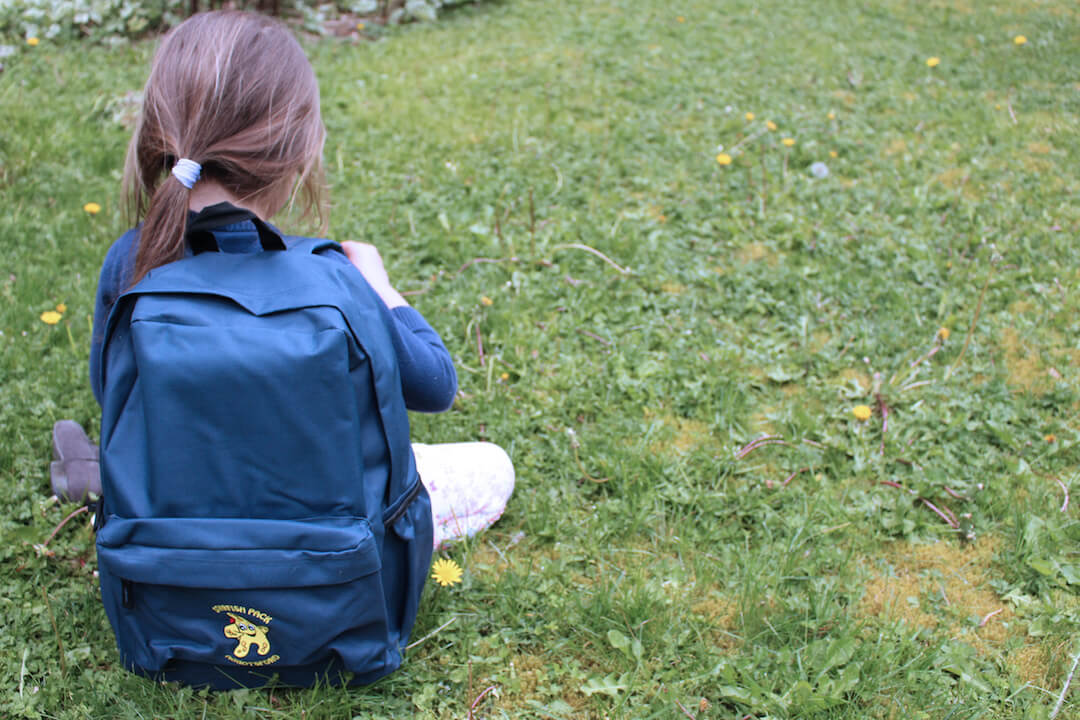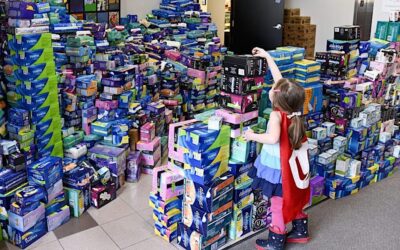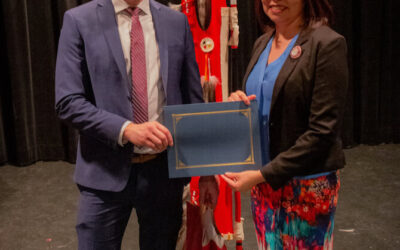As seen in
[downloads ids="156027" columns="1" excerpt="no"]
Good nutrition fuels brain power. Are all BC children getting their fair share?
Shoulder length messy blond curls framed her pale, almost ethereal face. Sad apologetically blue eyes, set deep against translucent skin, met mine. “Thank you,” she said, as she extended her arm to hand me a black backpack. She turned and headed to class, already half an hour late. Having spent 30 years as a teacher and principal in Vancouver inner city schools, I recognized the look of fatigue tinged with hints of depression and hopelessness. Unfortunately, this beautiful young student represents a shameful statistic. According to the 2017 BC Child Poverty Report Card issued by First Call, the BC Child and Youth Advocacy Coalition, one out of five children in BC lives below the poverty line.
I continued my brief chat with the secretary in the Vernon elementary school office. I was there to pick up the empty backpacks for the Starfish Pack program, an initiative started in Abbottsford. Now in Vernon, the local program is spearheaded by Kalamalka Rotary Club to provide a backpack of nutritious weekend food for 93 children in need in the Vernon area. Just before I left the office a tousle-haired, grade-three boy ran in with his backpack. “What’s your favourite food in the Starfish backpack?” I asked, assuming he would say granola bars or the occasional treat like chocolate pudding. “Apples,” he said, without hesitation. “I love the apples.”
Every week volunteers pick up empty backpacks at various North Okanagan elementary schools, take them to the Salvation Army food bank warehouse, fill the packs, then return them to the school for Friday distribution to hungry children.
Shocking, you say? Are there really that many hungry kids in Vernon? If you thought they were all living in a few square kilometres in the Downtown Eastside of Vancouver, you’d be wrong. No, there’s more every year, right here in the North Okanagan. Sadly some groups, Aboriginal children who live off reserve and immigrant children, are over represented in the BC statistics. And, teachers and principals always have a host of new names to add each September.
How do we let this happen in a wealthy country like Canada?
I don’t mind putting in the volunteer time. I’m proud to be part of such a crucially important program. It feels good to help. But, it does infuriate me to realize there are so many kids in need. I’ve known far too many students whose confidence and self-esteem have been damaged by the effects of poverty. How do we let this happen in a wealthy country like Canada? Last January, when a fellow Rotarian from Kathmandu, Nepal, was visiting, I invited him to join me at the Food Bank for a morning packing session to learn about the program. Originally from a small village in a developing nation where subsistence farmers worked sunrise to sunset to feed their families, he found it hard to believe how many kids here in Canada could be hungry. But, consider this disturbing statistic: 33,300 BC children relied on food banks in 2016, up 33 per cent from 2008.
While many factors contribute to the situation: minimum wage, single-parent families, low child benefits and high rental costs, the fact remains that while we’re all trying to figure out solutions to these complex issues, many children are still hungry. Admittedly I’m impatient, not the kind of person to sit around waiting for something to happen. I’m glad there are so many ways to help right now. So don’t wait for Christmas to donate or volunteer at your local food bank. Investigate involvement in initiatives like the Starfish Pack program. Find out more at www.starfishpack.com. If you come to volunteer we’ll welcome you with a smile. I’ll be the one stuffing extra apples in that engaging grade three boy’s Starfish Pack.





